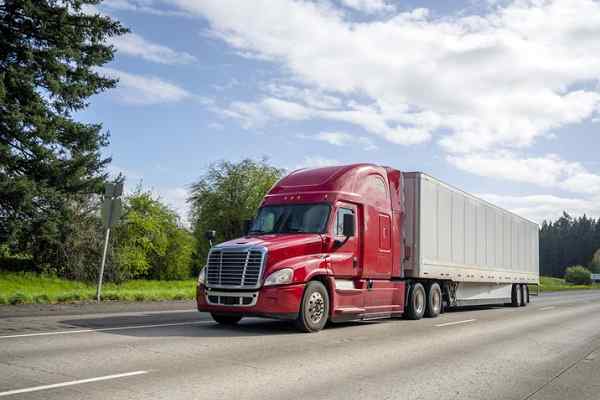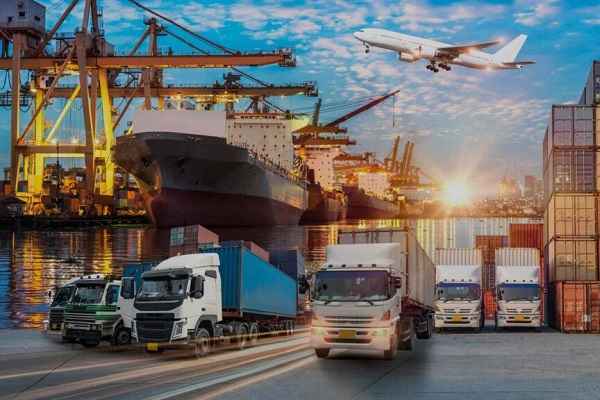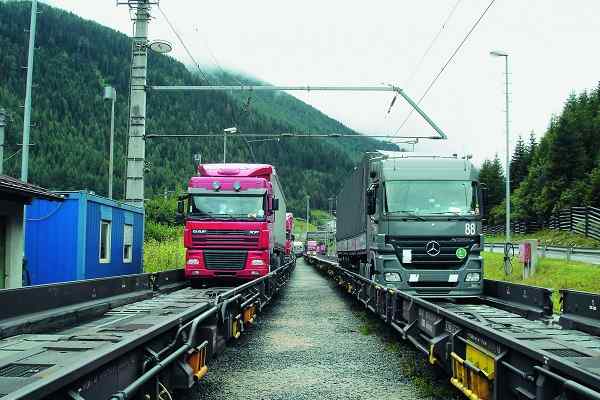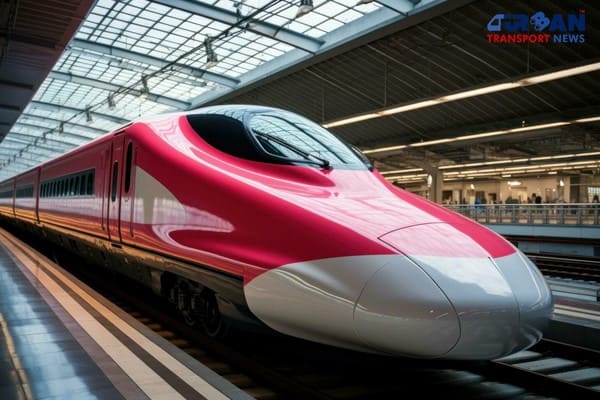 Revolutionizing Indian Railways: The Rise of Indigenous High Speed Bullet Trains
Revolutionizing Indian Railways: The Rise of Indigenous High Speed Bullet Trains Ayodhya deployed Gobbler Litter Buster to keep the City clean
Ayodhya deployed Gobbler Litter Buster to keep the City clean BMW's Emissions Investigation: What Does It Mean for Drivers?
BMW's Emissions Investigation: What Does It Mean for Drivers?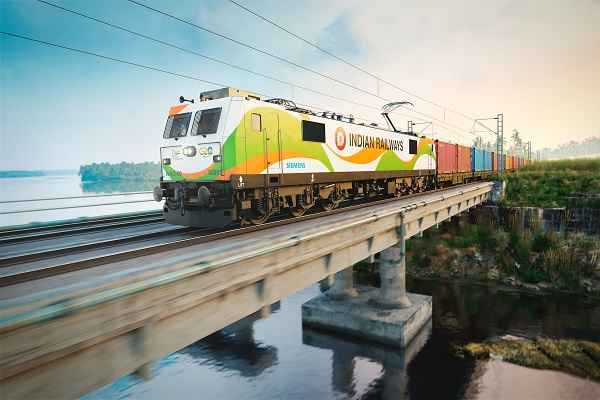 171 Years of Indian Railways: A History of Innovation and Progress
171 Years of Indian Railways: A History of Innovation and Progress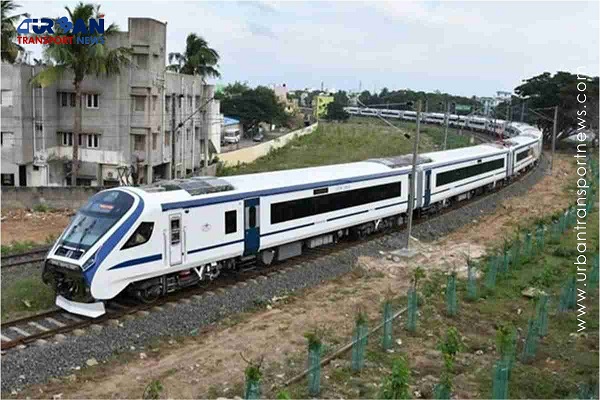 Vande Bharat Express trains carries over two crore passengers since their inception
Vande Bharat Express trains carries over two crore passengers since their inception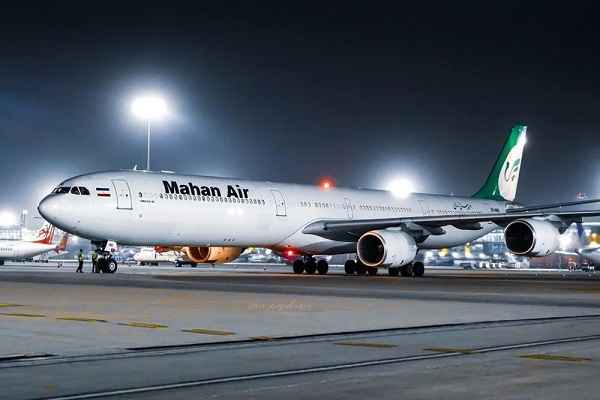 BPCL partners with Noida International Airport to construct ATF Pipeline
BPCL partners with Noida International Airport to construct ATF Pipeline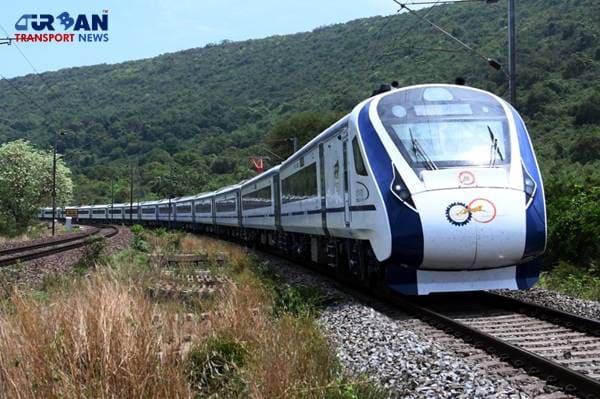 What are the Railway Development Plans in BJP's Manifesto for 2024-2029?
What are the Railway Development Plans in BJP's Manifesto for 2024-2029?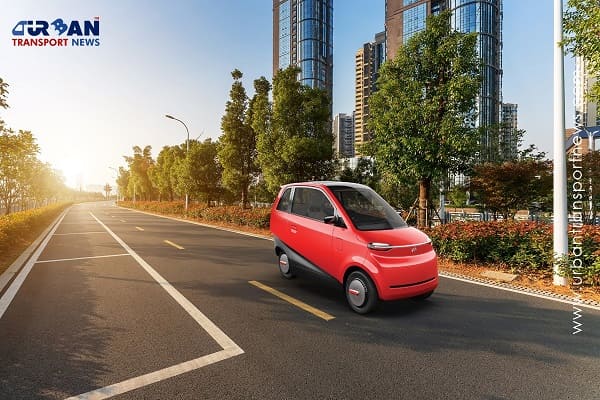 Latest innovations shaping the urban mobility sector across the globe
Latest innovations shaping the urban mobility sector across the globe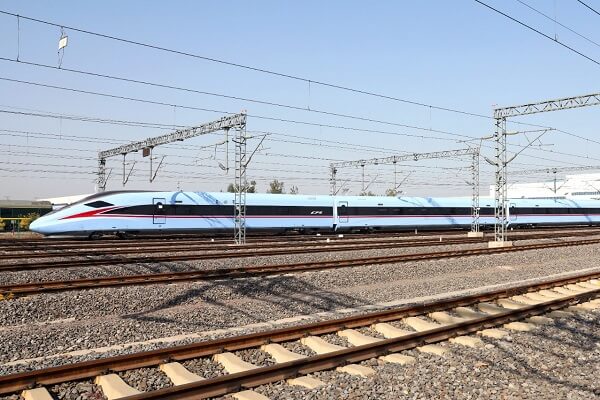 California issues RfP for procurement of High Speed Bullet Trains
California issues RfP for procurement of High Speed Bullet Trains ONCF floated global construction tenders for Kénitra - Marrakech High Speed Rail
ONCF floated global construction tenders for Kénitra - Marrakech High Speed Rail
The Challenges of Haulage Logistics: Navigating Traffic, Weather, and Other Obstacles
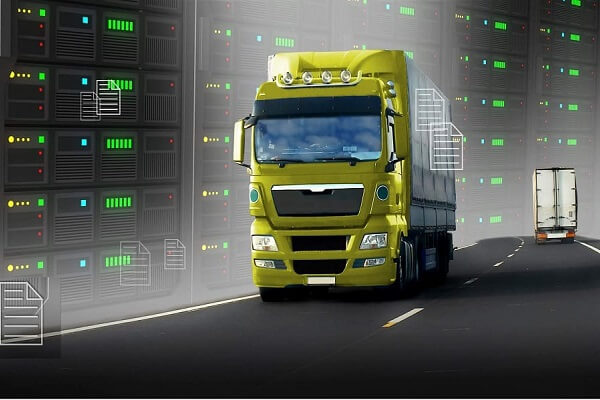
Haulage logistics involves managing the movement of goods through various modes of transport, such as road, rail, air, or sea, and ensuring that they arrive at their destination on time and in good condition. Efficient haulage logistics is essential for the success of businesses that rely on timely and reliable delivery of their products. However, this process is not without its challenges and obstacles.
In this article, we will discuss some of the major challenges faced by haulage logistics operators and how they can navigate traffic, weather, and other obstacles to ensure efficient and timely delivery of goods.
Traffic Challenges in Haulage Logistics
Haulage logistics is a complex process that involves the transportation of goods from one location to another. One of the biggest challenges facing haulage logistics is traffic congestion. Traffic congestion is a major challenge that can lead to significant delays, increased costs, and reduced efficiency. In this section, we will discuss the causes of traffic congestion in haulage logistics, its impacts, and strategies for navigating traffic challenges.
Causes of traffic congestion in haulage logistics
Road Construction: Road construction projects can cause traffic congestion as roads may be closed, traffic may be diverted, and lanes may be reduced. This can significantly slow down haulage logistics and increase the delivery time for goods.
Population Growth: As the population grows, so does the number of vehicles on the road, which can lead to increased traffic congestion.
Urbanisation: As cities continue to grow and expand, the number of vehicles on the road increases, leading to more traffic congestion.
Accidents: Accidents on the road can cause significant delays in haulage logistics as roads may be closed or traffic may be diverted.
Strategies for navigating traffic challenges
Minimising the impact of traffic on delivery times can be done in a number of ways. Hauliers should invest in useful technology, such as GPS and road traffic software that can provide real-time traffic updates to drivers. This helps them identify the most efficient routes and avoid traffic congestion, save time, and reduce fuel costs.
Additionally, drivers should avoid travelling on main roads during peak traffic periods, to reduce the impact of traffic congestion on delivery times. This strategy can also help reduce stress on drivers, enabling them to complete their journeys safely and efficiently.
Collaborating can also help hauliers to identify potential road closures and traffic congestion hotspots, allowing them to plan their routes accordingly.
Weather Challenges in Haulage Logistics
Weather-related challenges are another major obstacle that can affect the timely and efficient delivery of goods in haulage logistics. In this section, we will discuss common weather challenges faced by haulage logistics companies, their impacts, and strategies for navigating them.
Common weather challenges faced in haulage logistics
Heavy Rain: Heavy rain can cause flooding and make roads slippery, making it more difficult to transport goods safely.
Snow: Snow can make roads slippery and difficult to navigate, and may also lead to road closures and transport delays.
Fog: Fog can reduce visibility and increase the risk of accidents, making it more challenging for haulage logistics companies to transport goods safely.
High Winds: High winds can cause significant damage to trucks and cargo, and may also make it difficult to keep vehicles on the road.
Adverse weather conditions can cause significant delays in haulage logistics, resulting in delayed deliveries and dissatisfied customers. Haulage logistics companies may need to spend more on fuel and labour costs due to the increased travel time caused by weather-related delays.
Strategies for navigating weather challenges
Proper vehicle maintenance is a great ways to protect a fleet against unexpected, adverse weather conditions that can often derail a journey. This involves ensuring that all vehicles are properly maintained and equipped with the necessary tools and equipment to navigate adverse weather conditions safely. Regularly checking vehicle systems such as tires, brakes, and lights, means companies can minimise the risk of accidents and ensure that vehicles are operating at optimal performance.
Another key strategy is the use of technology. Haulage logistics companies can leverage technology such as weather tracking software and real-time weather updates to plan routes and avoid adverse weather conditions. This allows companies to proactively reroute vehicles and avoid potential delays caused by weather events.
Hauliers may also consider collaborating with local authorities to identify potential weather-related risks and road closures, allowing them to plan their routes accordingly.
Lastly, proactive communication with customers is crucial in minimising the impact of weather-related challenges on customer satisfaction. Hauliers should always keep customers informed about any weather-related delays or disruptions to manage expectations and maintain trust and confidence.
Road Infrastructure Challenges in Haulage Logistics
Haulage logistics heavily relies on road infrastructure to transport goods from one place to another. However, road infrastructure challenges can pose significant obstacles to efficient and timely delivery of goods. In this section, we will discuss the common road infrastructure challenges faced in haulage logistics, their impacts, and strategies for navigating these challenges.
Common Road Infrastructure Challenges Faced in Haulage Logistics
Poor Road Conditions: Poor road conditions, such as potholes and cracks, can damage haulage logistics vehicles, resulting in higher maintenance costs and longer delivery times.
Inadequate Road Capacity: Inadequate road capacity can lead to traffic congestion, causing significant delays in the delivery of goods.
Weight Restrictions: Weight restrictions on roads and bridges can limit the amount of cargo haulage logistics vehicles can carry, resulting in increased transportation costs.
Strategies for Navigating Road Infrastructure Challenges
Navigating road infrastructure challenges is crucial for the success of haulage logistics operations. To overcome these challenges, haulage logistics companies can adopt several strategies.
Collaborating with local authorities can help hauliers identify upcoming road infrastructure challenges, such as road closures, construction work, and weight restrictions. Maintaining strong communication with local authorities will help haulage companies plan their routes and avoid delays.
Investing in new equipment will also help drivers to navigate poor road conditions safely. Things like improving suspension and the durability of tires may prevent damage to goods during transportation.
Initiating flexible scheduling can also help hauliers avoid peak traffic periods, reducing the impact of road infrastructure challenges on delivery times, as can route optimization. By using route optimization software, companies can enhance their logistics services, identify the most efficient routes and avoid roads with weight restrictions and poor road conditions.
Equipment and Maintenance Challenges in Haulage Logistics
Haulage logistics companies rely on their equipment to transport goods from one location to another. As such, equipment breakdowns and maintenance issues can significantly impact the efficiency and profitability of their operations. In this section, we will discuss common equipment and maintenance challenges faced in haulage logistics and strategies for navigating them.
Common equipment and maintenance challenges faced in haulage logistics
Equipment Breakdowns: Equipment breakdowns such as engine failure, flat tires, and brake malfunctions can cause significant delays and increase maintenance costs for haulage logistics companies.
Routine Maintenance: Routine maintenance such as oil changes, tire rotations, and brake inspections are necessary to keep equipment functioning properly. However, scheduling and completing routine maintenance can be challenging for haulage logistics companies with tight delivery schedules.
Compliance with Regulations: Haulage logistics companies must comply with various regulations related to equipment safety and emissions standards, which can be challenging to navigate.
Strategies for navigating equipment and maintenance challenges
To effectively navigate equipment and maintenance challenges, haulage logistics companies can implement a range of strategies. Proactive maintenance is highly effective. Transport haulage companies should conduct regular inspections and preventive maintenance to reduce the likelihood of equipment breakdowns and extend the lifespan of their equipment and fleet.
Investing in new equipment and the latest technology and safety tools can also reduce the likelihood of equipment breakdowns and improve overall efficiency. Haulage companies should also consider investing in vehicles that have better fuel efficiency, to keep operating costs and emissions down.
Collaborating with maintenance providers can also help companies navigate equipment and maintenance challenges. By working closely with providers, companies can ensure that their equipment is properly maintained and repaired in a timely manner, minimizing the risk of downtime and disruptions to delivery schedules.
Hauliers should also implement effective scheduling strategies to balance routine maintenance with delivery schedules, reducing the impact maintenance can have on delivery times.
Additionally, compliance monitoring software can help companies track equipment compliance with safety and emissions standards, reducing the risk of regulatory fines and penalties. By monitoring compliance and addressing any issues promptly, companies can maintain a strong safety record and avoid costly fines.
Human Resource Challenges in Haulage Logistics
One of the major challenges faced by haulage logistics companies is the shortage of HGV drivers. This problem has been exacerbated by the impact of Brexit on the workforce as the UK government's new immigration policies have made it difficult for haulage logistics companies to recruit foreign workers.
Following Brexit, many EU workers have returned to their home countries, further exacerbating the driver shortage. The introduction of new customs regulations has also added to the complexity of cross-border transport, resulting in additional costs and delays for haulage logistics companies transporting cargo into Europe.
The shortage of drivers is also in part due to an ageing workforce in the industry. Many experienced drivers are approaching retirement age, without enough new drivers entering the industry to replace them.
In response to the driver shortage, haulage logistics companies have been exploring a range of solutions, including offering more attractive salaries and benefits, investing in driver training programs, and improving working conditions. Some companies are also exploring the use of autonomous vehicles as a potential long-term solution to the driver shortage problem. However, these solutions are not without their own challenges and limitations.
External Factors and Their Impact on Haulage Logistics
Many external factors can have a huge impact on the UK’s supply chain and haulage companies are often left to pick up the pieces to ensure that the economy keeps moving. Several events over the last few years have really highlighted this fact, including the impact of international conflicts and growing environmental concerns.
Political Factors and the Economy
During the pandemic, HGV drivers were essential to keeping the economy running. They were the backbone of the supply chain, ensuring that goods and essential items continued to make their way into the country. Since then, the haulage industry has faced a huge rise in fuel costs brought about by the invasion of Ukraine, which put a massive strain on the supply of petrol, putting long-haul drivers in danger of becoming victims of fuel theft.
Hauliers are also facing a number of difficulties as a result of Brexit which has seen increased bureaucracy and delays at the border due to new customs and regulatory requirements. The UK's departure from the EU has resulted in changes to trade agreements and regulations, affecting the movement of goods between the UK and EU member states. This has resulted in additional paperwork, border checks, and customs declarations, causing delays and increasing costs for hauliers.
Haulage companies will continue to face difficulties as they navigate the challenges brought on by political and economic turmoil.
Environmental challenges
Hauliers in the UK are facing increasing pressure to reduce their environmental impact and carbon footprint. This is due to the country's commitment to reducing greenhouse gas emissions and meeting climate change targets. Hauliers are exploring alternative fuel sources such as electric and hydrogen-powered vehicles, as well as implementing more efficient driving practices and logistics planning to reduce emissions. Additionally, there are regulations in place to limit emissions from heavy goods vehicles, which hauliers must comply with.
Final Thoughts
In conclusion, haulage logistics is a complex process that involves the transportation of goods from one location to another. It plays a vital role in the success of businesses that rely on timely and reliable delivery of their products. However, this process is not without its challenges and obstacles. Traffic congestion, weather-related challenges, and road infrastructure challenges are some of the major challenges faced by haulage logistics operators. Strategies such as investing in technology, proper vehicle maintenance, collaborating with local authorities, and proactive communication with customers can help navigate these challenges and ensure efficient and timely delivery of goods. By addressing these challenges, haulage logistics companies can improve their operations and provide better services to their customers.





